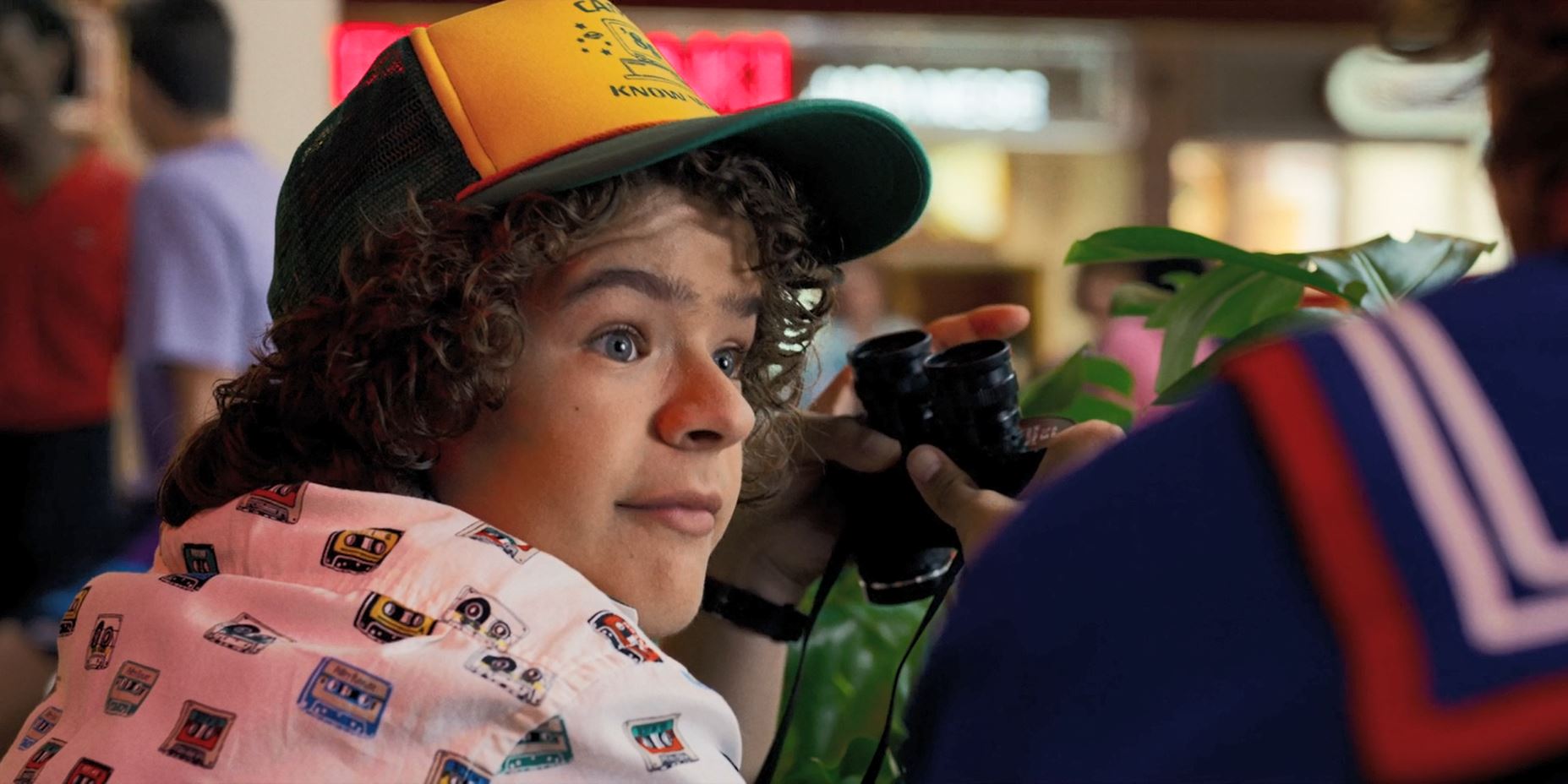

It might’ve felt a little more manageable if Episode 9 were split up into two episodes, instead of giving us such a packed-to-the-brim behemoth of a finale.īut, taking Season 4 in as a whole, it’s pretty astonishing how much creators Matt and Ross Duffer were able to accomplish. Still, in the middle of that tension, it’ll occasionally halt its own momentum for a detour to the Russian storyline (which takes the California subplot’s place as feeling the least necessary in this installment). For the first time in a long time, it truly feels like we could lose some of these characters, and it makes for a nerve-wracking watch. Once again, the Hawkins storyline is the strongest, and it’s extraordinarily good at building tension. That doesn’t mean it doesn’t feel a tad bit unwieldy at times, though. And, since the show has racked up quite the sprawling cast at this point, it feels important to avoid giving any one character the shaft, and Part 2 does well to honor just about every central player.

The action, emotional beats, and the many answered questions about the show’s lore are given plenty of time to breathe, without any of the elements undermining each other.

While the runtimes may seem overwhelming for some (1.5 hours for Episode 8 and 2.5 hours for Episode 9, for those curious about the math), the result is that not one bit of it feels rushed. And Will, who was pretty underserved in Part 1, gets a few emotional scenes, including one gut-wrenching one in Episode 8 that is easily Noah Schnapp’s most impressive showcase on the show thus far. The good news is that this is largely remedied in Part 2 – they even manage to justify Argyle’s involvement beyond mere comedic relief. My biggest complaint in Part 1 was that the Mike, Will, Jonathan, and Argyle subplot in California didn’t quite feel as in-step, tonally, with the rest of the season, and while these detours weren’t bad, they felt less necessary than what the larger gang was doing in Hawkins, or Hopper’s attempts to escape a Russian prison. The first seven episodes constantly jumped from California (two storylines in California, to be exact) to Hawkins to Russia, and while there’s still a good amount of that in Part 2, for the most part, it manages to bring our players together in a way that pays off the patience that was required for Part 1. It’s hard to talk about too much without getting into spoilers (and even though this review is running on the day the episodes debut, we’re still going to play it safe here in case you don’t have four hours to immediately jump back into the Upside Down), but we can say that it’s nice to finally see the branching-narrative style of storytelling that was established in the first part finally converge in a way that feels incredibly satisfying.


 0 kommentar(er)
0 kommentar(er)
